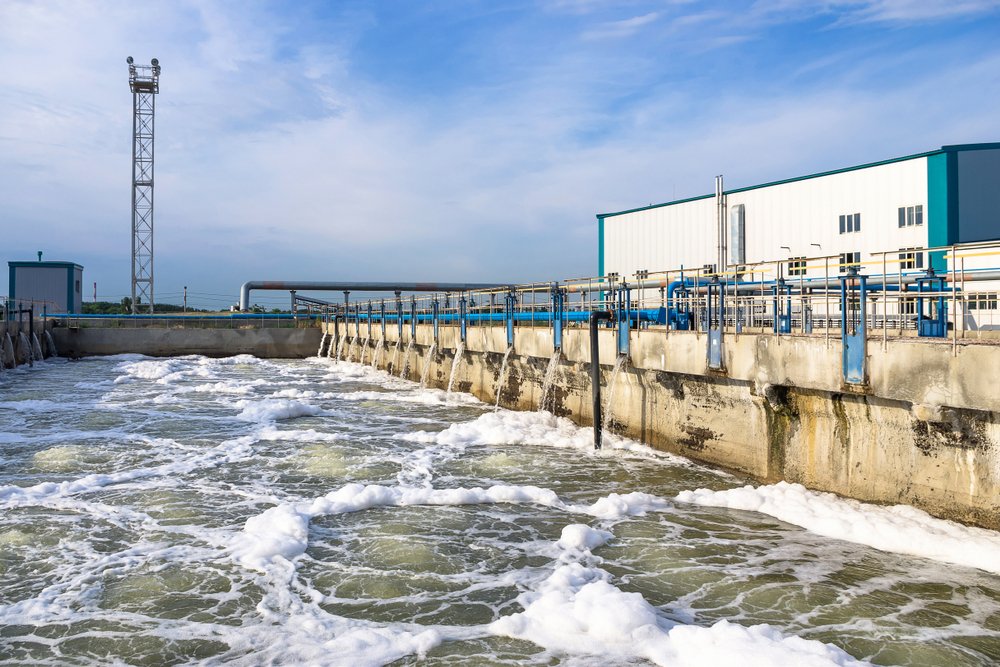Effluent Treatment Plant

An Effluent Treatment Plant (ETP) is a facility designed to treat industrial wastewater or effluent generated by various industrial processes before it is discharged into the environment. Industrial effluents can contain a wide range of pollutants, including organic and inorganic compounds, heavy metals, toxic chemicals, oils, and suspended solids, which can pose significant risks to human health and the environment if not properly treated.
Effluent Treatment Plants are essential for mitigating the environmental impact of industrial activities and ensuring compliance with environmental regulations. Proper treatment of industrial effluents helps protect water quality, aquatic ecosystems, and public health while supporting sustainable industrial development.
